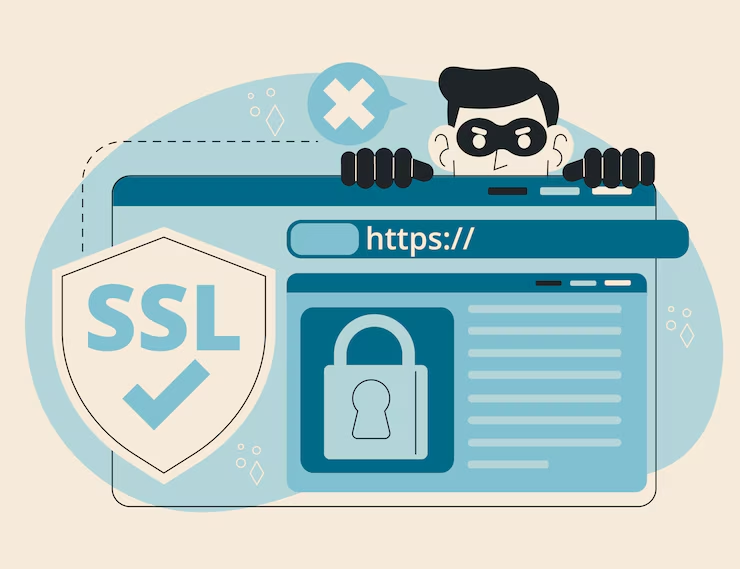SQL injection is one of the most dangerous and common web vulnerabilities in PHP applications. It occurs when a hacker injects malicious SQL code into your application’s database queries — often through insecure form fields, search boxes, or URL parameters.
If exploited, SQL injection can lead to unauthorized data access, manipulation, or even complete deletion of your database. For any developer working with PHP and MySQL, preventing SQL injection must be a top security priority.
What Is SQL Injection?
SQL injection happens when user input is improperly handled and directly inserted into a SQL query. This allows attackers to alter the structure of your SQL command and gain unintended access to data.
For example, if a login form does not validate or sanitize inputs, a malicious user could trick the system into logging them in as an admin — or worse, expose the entire user table.
This vulnerability is especially prevalent in older or poorly written PHP applications where raw SQL queries are used without input filtering or parameterization.
Why SQL Injection Is So Dangerous
-
Data Breach: Attackers can steal usernames, passwords, emails, and sensitive customer data.
-
Data Loss: Malicious queries can drop entire tables or modify critical records.
-
Impersonation: Hackers can log in as other users or administrators.
-
Privilege Escalation: Attackers can discover and exploit other vulnerabilities.
-
Website Takeover: In extreme cases, an attacker can take full control of your website.
SQL injection remains on the OWASP Top 10 list of critical web application risks — a clear indication of its severity.
How SQL Injection Happens in PHP
PHP makes it easy to communicate with databases, but this simplicity also introduces risk. Developers sometimes insert user input directly into SQL statements like this:
This kind of query is vulnerable because it blindly trusts user input. Without proper validation or escaping, a hacker can manipulate the query to return unintended results — or worse, change or delete data.
How to Prevent SQL Injection in PHP
To prevent SQL injection in PHP applications, you must take a defense-in-depth approach. Here are the core strategies:
1. Use Prepared Statements
Prepared statements separate SQL logic from data. This ensures that user input is treated as a value, not executable code. It’s one of the most effective defenses and should be used for all database queries.
2. Escape Input Properly (When Necessary)
If you’re in a situation where prepared statements can’t be used, escaping input with proper database functions is essential — though it should only be a last resort.
3. Validate and Sanitize All Inputs
Use validation rules to make sure users only submit expected formats (e.g., numbers, emails). Sanitize input to remove unnecessary or dangerous characters before using it.
4. Limit Database Privileges
Your PHP application’s database user should have only the permissions it needs — not full administrative access. This minimizes the damage if an attack occurs.
5. Hide Database Error Messages
Never expose raw SQL errors to users. These messages can give attackers clues about your database structure and vulnerabilities.
6. Use Stored Procedures (If Applicable)
Stored procedures can limit what input is allowed and how queries execute. Combined with parameter binding, they add another layer of defense.
7. Implement Web Application Firewalls (WAFs)
A WAF can detect and block common SQL injection patterns before they reach your server.
Building a Secure Development Mindset
Security should never be an afterthought in PHP development. Here’s how to keep SQL injection out of your codebase long-term:
-
Always assume user input is untrusted
-
Adopt secure coding standards from day one
-
Conduct regular security audits of your PHP code
-
Use frameworks or libraries that support ORM (Object-Relational Mapping) with built-in protection
-
Stay up to date with the latest PHP and MySQL security updates
Training your team and establishing security as a core part of your workflow will reduce risks and improve code quality overall.
Real-World Use Cases to Be Extra Cautious With
Pay special attention to the following features in your application, as they are frequent SQL injection targets:
-
Login forms and password reset fields
-
Search boxes and filters
-
Admin dashboards
-
E-commerce product queries
-
Contact or feedback forms
-
URL parameters (e.g.,
?id=123) -
Pagination and sorting controls
Anywhere you accept user input — whether visible or hidden — must be treated as a potential attack vector.







